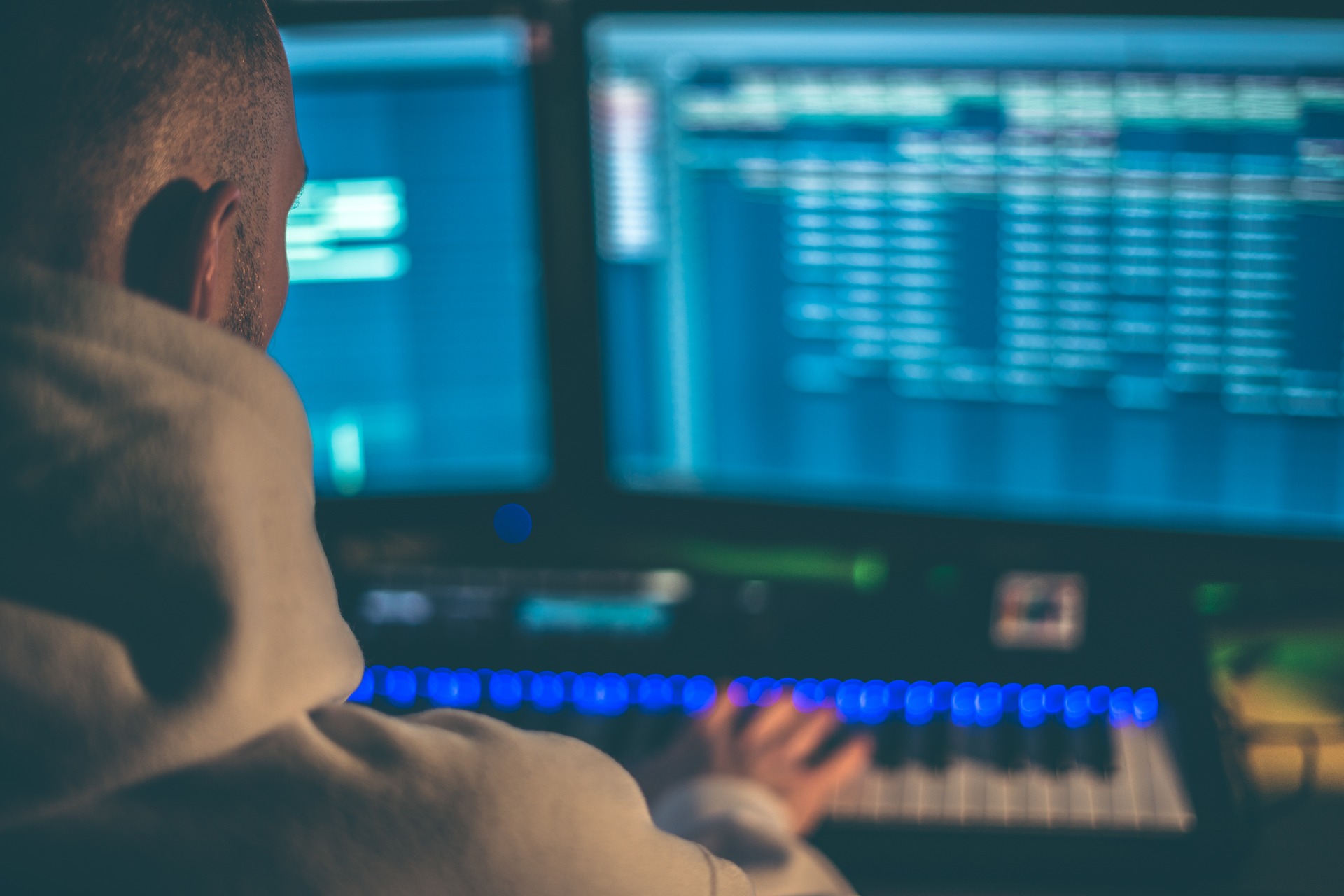Whether you are just starting out or are a seasoned professional, having the right equipment is crucial for creating and recording music. In this article, we will go over some of the most important pieces of equipment that every musician should consider. We will also provide tips on what to look for when shopping for each type of equipment. With the right tools at your disposal, you’ll be well on your way to creating and recording music that sounds great.
Digital Piano or Keyboard – A digital piano or keyboard is a versatile instrument that is perfect for beginners and professionals alike. Look for one with a full-size keyboard, a variety of realisatic instrument sounds, and a responsive touch. Some higher-end models even offer features like weighted keys, built-in speakers, and the ability to connect to a computer or other devices.
Audio Interface – An audio interface is a device that allows you to connect your instruments or microphones to your computer and record or perform music digitally. They typically have inputs and outputs for connecting a variety of devices, as well as preamps for boosting the level of your audio signals. When shopping for an audio interface, be sure to consider the number and type of inputs and outputs you will need, as well as the quality of the preamps and converters.
Digital Audio Workstation (DAW) – A DAW is software that lets you record, edit, and produce music on your computer. There are many different options available, ranging from free programs like Audacity to professional-grade software like Pro Tools. Be sure to do your research and choose a DAW that meets your needs and budget.
Studio Monitors – Studio monitors are specialized speakers that are designed for use in recording and mixing music. They have a flat frequency response and are intended to provide an accurate representation of the sound of your music, rather than boosting certain frequencies like consumer-grade speakers often do. When shopping for studio monitors, be sure to consider the size of your space and the volume level you will be working at.
Microphone – A microphone is an essential piece of equipment for recording vocals, instruments, or other audio sources. There are many different types of microphones to choose from, each with their own unique characteristics. Condenser microphones are generally more sensitive and have a faster response time than dynamic microphones, making them a good choice for recording vocals or picking up subtle details in instruments.
Headphones – Headphones are an essential tool for recording, mixing, and listening to music. When shopping for headphones, look for ones with a flat frequency response, a comfortable fit, and the ability to block out external noise. Closed-back headphones are a good choice for recording, as they help to isolate your audio from external sounds.
MIDI Controller – A MIDI controller is a device that allows you to control software instruments and other digital audio equipment using physical buttons, knobs, or keys. MIDI controllers come in all shapes and sizes, from small portable units to large professional-grade controllers. Consider your needs and budget when shopping for a MIDI controller.
Synthesizer – A synthesizer is an electronic instrument that generates sound using oscillators and filters. Digital synthesizers offer a wide range of sounds and can be controlled using a computer or a MIDI controller. When shopping for a synthesizer, consider the type of sounds you want to create and the level of control you need.
Effects Pedals – Effects pedals are a great way to add depth and character to your music. From reverb to delay to distortion, there are countless options available to suit any style or genre. Consider your needs and budget when shopping for effects pedals, and don’t be afraid to try out different pedals to find the ones that work best for you.
Virtual Software Instruments – Virtual instrument software allows you to use your computer to create and play a wide variety of instrument sounds. These programs typically include a library of sounds that can be played using a MIDI controller or your computer’s keyboard and mouse. Some popular options include Native Instruments‘ Kontakt and Arturia’s V Collection. When shopping for virtual instrument software, consider the types of sounds you want to create and the level of control you need.
